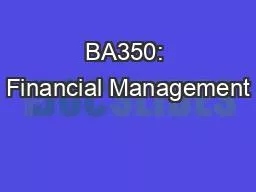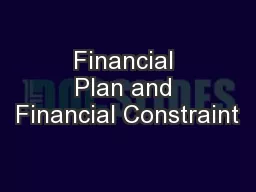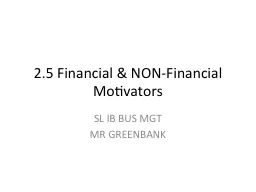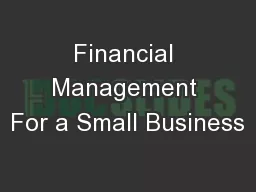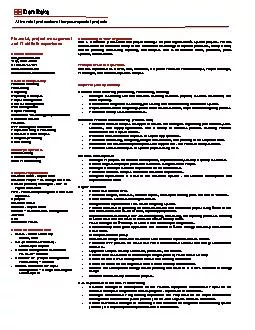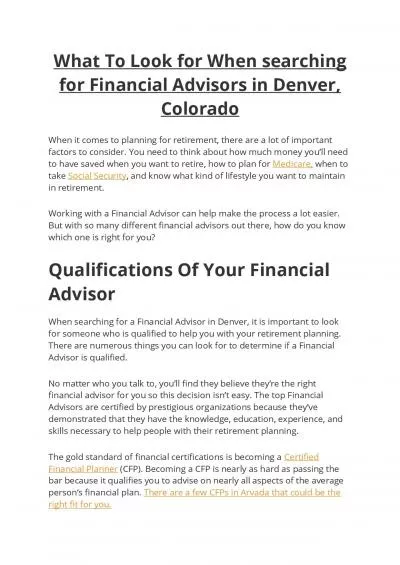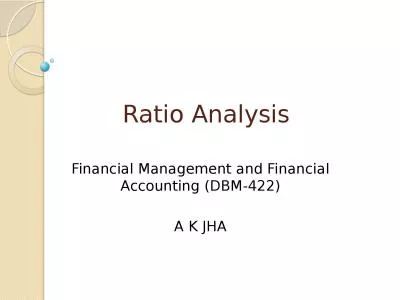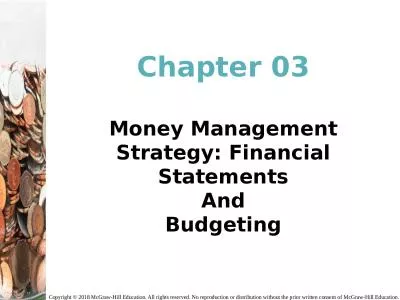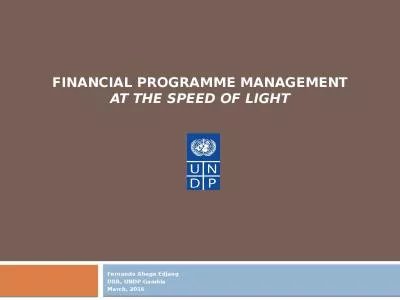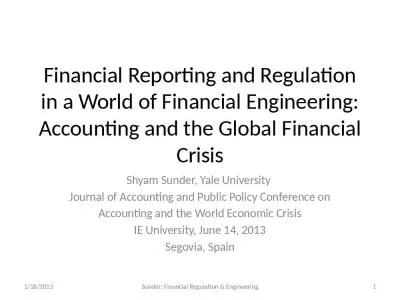PPT-BA350: Financial Management
Author : basidell | Published Date : 2020-06-23
Stephen Gray Fuqua School of Business Office 310 West Tel 6607786 Email sg12maildukeedu Web ltwwwdukeedusg12gt The Three Ideas in Finance The Time Value of Money
Presentation Embed Code
Download Presentation
Download Presentation The PPT/PDF document "BA350: Financial Management" is the property of its rightful owner. Permission is granted to download and print the materials on this website for personal, non-commercial use only, and to display it on your personal computer provided you do not modify the materials and that you retain all copyright notices contained in the materials. By downloading content from our website, you accept the terms of this agreement.
BA350: Financial Management: Transcript
Download Rules Of Document
"BA350: Financial Management"The content belongs to its owner. You may download and print it for personal use, without modification, and keep all copyright notices. By downloading, you agree to these terms.
Related Documents

